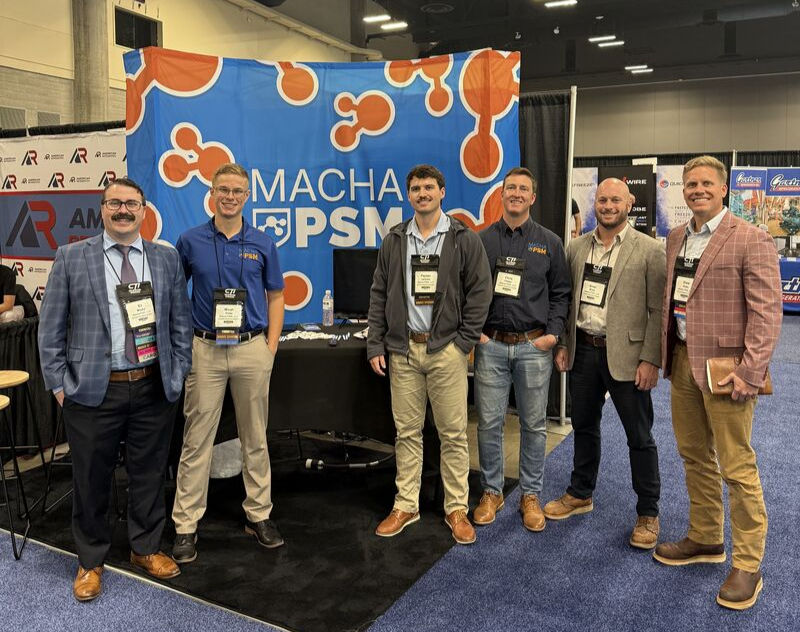1 | The Ammonia Safety Playbook: SDS Edition | Sections 1 & 2 | What Are We Working With? What Can Go Wrong? | Blog No. 79
- Traci Cherry, Content Specialist

- Jun 17
- 3 min read

[DISCLAIMER: This blog series is not a comprehensive Safety Data Sheet. You MUST refer to the appropriate SDS for your facility’s Ammonia usage.]
Why Are Safety Data Sheets So Important?
Think of the Safety Data Sheet (SDS) as the ultimate cheat code for handling chemicals like Anhydrous Ammonia. It’s not just a boring form; it's genuinely your go-to survival guide, emergency roadmap, and chemical safety companion rolled into one. Whether on the plant floor or troubleshooting in a mechanical room, the SDS tells you what you are working with, what could go wrong, and exactly how to protect yourself. It’s like having a safety expert in your back pocket - minus the hard hat! So, before you open that valve or turn that wrench, know your SDS.
It's essential.
Who do you get SDSs from?
It can come from the manufacturer. When you purchase chemicals, the manufacturer or distributor is legally required to provide the Safety Data Sheet (SDS), which can be printed, emailed, or made available for download. It can come from the Company’s Safety or EHS department. If you work at a facility that uses Anhydrous Ammonia, your Environmental Health and Safety (EHS) team or supervisor should have all Safety Data Sheets (SDSs) on file. There are online SDS databases like PubChem (NIH). Lastly, you could get the SDS from a product label or QR code. Some modern containers include a QR code that links directly to the Safety Data Sheet (SDS).
There are sixteen sections of the SDS. We will break those sections down in this blog series in ten blogs. Without further ado, let’s get going…
We will begin learning about SDSs by talking about the chemical Anhydrous Ammonia. After all, Ammonia is the lifeblood of our industrial refrigeration system facilities.
Let’s get started with the breakdown of Sections 1 & 2!
Anhydrous Ammonia is a powerful refrigerant!
It will take more than a good set of gloves to keep you safe! You need accurate information, and that’s where the Safety Data Sheet (SDS) comes in.
SDS Section 1 | Identification – What Are We Working With and Who Makes It?
This is the introductory section of the SDS. It gives you the basics:
Product Name: Anhydrous Ammonia
Synonyms: R-717, ammonia, NH₃
Uses: Industrial refrigeration, fertilizer production, chemical synthesis
Emergency Contact Info: Manufacturer name, address, and phone number
This section helps you confirm you're dealing with the right chemical and tells you who to call in an emergency.
SDS Section 2 | Hazard Identification – What Can Go Wrong?
Section 2 is your red flag warning - this is where the SDS spells out the dangers loud and clear.
The GHS (Globally Harmonized System of Classification and Labeling of Chemicals) has assigned pictogram symbols to identify the danger involved.
These symbols are quick visual warnings:

Skull & Crossbones: Toxic if inhaled
Corrosion Symbol: Causes severe skin burns and eye damage.
Exclamation Mark: May cause respiratory irritation
Flame Over Circle: Supports combustion (oxidizing gas)
⚠️ Hazard Classifications has a category scale of 1 (most toxic) to 5 (least toxic).
Hazard Statements:
These are the official warnings, such as:
“Toxic if inhaled”
“Causes severe skin burns and eye damage”
“May cause respiratory irritation”
“Contains gas under pressure; may explode if heated”
🛑 Precautionary Statements:
These are the “do’s and don’ts” of handling ammonia safely:
Prevention: Wear protective gloves, clothing, and eye protection; avoid breathing vapors.
Response: If inhaled, move the person to fresh air. If on skin, remove contaminated clothing and rinse thoroughly.
Storage: Keep in a tightly closed container in a well-ventilated place.
Disposal: Dispose of contents and container in accordance with local regulations.
Why This Matters
Sections 1 and 2 are your first line of defense. They help you:
Identify the chemical
Understand the risks
Prepare for emergencies
Whether you're on the floor, in the engine room, or in a training class, knowing this information could save your life or someone else’s.
Stay informed. Stay protected. Know your SDS.
Next up in this series: Sections 3 & 4 – What’s in Anhydrous Ammonia, exactly? What if someone has been exposed? Follow along to keep building your safety knowledge, one section at a time.

For comprehensive training on Anhydrous Ammonia, click here to access our PSM Academy Ammonia Awareness training, where you can learn and earn a certificate of completion. Training is in English and Spanish. Use code SDS20 for a 20% discount on the entire purchase. For more information, email us at academy@machapsm.com.





Comments